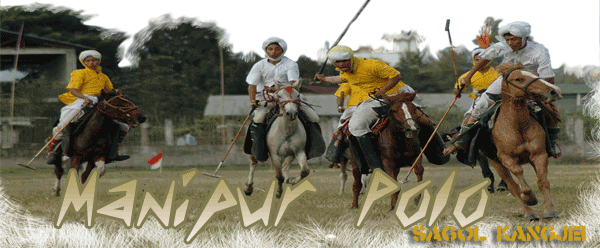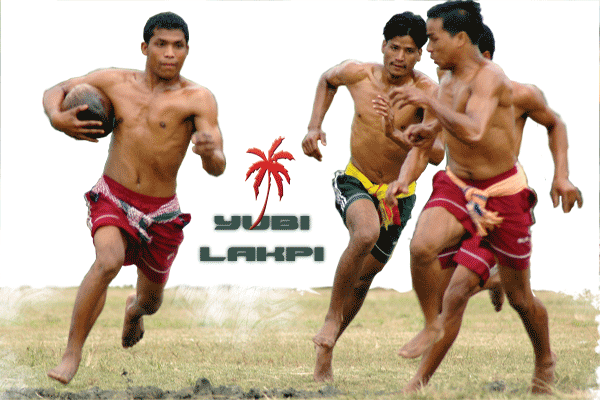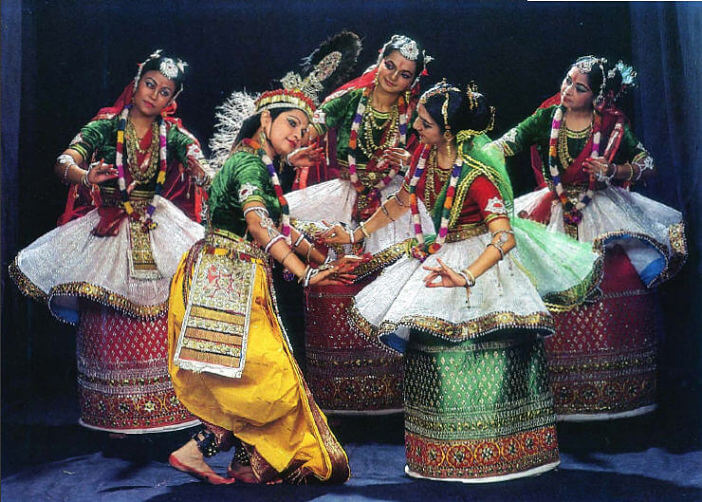[orc]In the third part of the North East series, we look at Manipur, the Jewel of India. Manipur is known for many things apart from being the birthplace of Polo. It has a rich culture. The mainstay of its economy is agriculture. Please find the earlier parts here: Part 1 & Part 2
Surrounded by nine hills with an oval shaped valley at the center, a natural made Jewel and hence the name “A Jeweled land” or ‘Manipur’, it’s literal translation. Even the first prime minister of India famously said Manipur was the Jewel of India. Apart from being a nature’s gift to India, Manipur is also a melting pot of culture. It is the birthplace of Polo, the sport and the birthplace of Ras Lila, a classical dance form.
The Timeline
- 1891 – Became a princely state after the defeat in the Anglo-Manipuri War
- 1949 – Princely state was merged in the Indian Union
- 1972 – Became a full fledged state of India
The Geography
Manipur has a geographical area of 22,327 sq.kms, that constitutes 0.7 percent of the total land surface of India. 90% of the total geographical area of the state covered by hills and the remaining area is a small valley accounting for only one-tenth of the total area of the state.
The State has 352 km long international border with Burma (Myanmar) to the south-east and 502 km long border with the adjacent states of Nagaland on the north, Assam on the west and Myanmar and Mizoram on the south and the south-west and Surma Tract and upper Chindwin of Myanmar (Burma) on the East.
The altitude of the State above the mean sea level varies from 790 meters to 2020 meters. It has sub-tropical temperate climate.
The People
The people of Manipur include Meitei, Naga, Kuki, Meitei Pangal and other colourful communities which have lived together in complete harmony for centuries. These are the people whose folklore, myths & legends, dances, indigenous games and martial arts, exotic handlooms & handicrafts are infested with the mystique of nature.
The population of Manipur as per 2011 census was 27.2 lakh comprising 13.7 lakh males and 13.5 lakh females. Population of Manipur constitutes nearly 0.22 percent of the total population of India. The decadal growth rate of population is 18.7%, slightly more than the national average.
The sex ratio increased from 974 females per 1000 males in 2001 to 987 in 2011. However, there is a decline in Child Sex Ratio from 957 to 936. The literacy rate is 79.2%.
The Places
From national parks to lakes to temples to war cemeteries to hills to the mysterious caves to the water falls to the zoos to the museums, Manipur has all what it takes to be a perfect holiday destination.
The Games
Sure, Manipur is the birthplace of what we know as Polo, but the original Sagol Kangjei (Manipuri Polo) is still very dear to the people in Manipur. The Manipuri Polo is played with seven players (in each side) who mount and ride ponies, which are usually 4/5 feet in height. Each player is fitted with Polo-stick made of bamboo root.
Manipur is also home for other indigenous games like:
Manipuri Rugby: “Yubi” in Manipur means coconut and “Lakpi” means snatching.The coconut serves the purpose of a ball and is offered to the king or the judges who sit just beyond the goal line.
Hiyang Tannaba (Boat Race): Held in the month of November at Thangapat(Moat), the game is associated with religious rites. The rowers wear traditional dresses and head-gears.
The Dance
Love of art and beauty is inherent in the people and it is difficult to find a Manipuri girl who cannot sing or dance. Manipuris are artistic and creative by nature. This has found expression in their handloom and handicraft products, which are world-famous for their designs, ingenuity, colorfulness and usefulness.
Each ethnic group has its own distinct culture and tradition deeply embedded in its dances, music, customary practices and pastimes.
Ras Lila: The Ras lila, the epitome of Manipuri classical dance is inter-woven through the celestial and eternal love of Radha and Krishna as has been described in the Hindu scriptures and reveals the sublime and transcendental love of Krishna and Radha and the Gopies’ devotion to the Lord.
Nupa Pala: Nupa Pala which is otherwise known as Kartal Cholom or Cymbal Dance is a characteristic of the Manipuri style of dance and music. The Nupa Pala acts as a prologue to the Ras Lila dances, besides an independent performance too, in connection with religious rites.
Pung Cholom: Pung or Manipuri Mridanga is the soul of Manipuri Sankritana music and Classical Manipuri Dance. Pung Cholom is performed as an invocatory number preceding the Sankirtana and Ras Lila.
Energy
The state continues to be deficit in electric energy. Purchase of power from outside the state has been rising at a higher rate. During the year 2007-08, the total installed capacity of power in the state was 46,212 KW. whereas the total availability of power from all sources was 6445.30 lakh kwh. Under Rural Electrification programme, 1966 villages have been electrified as on 31st December, 2007 which is about 84.74 percent of the total number of villages. There has been a significant progress in the electrification of villages during the 11th five year plan period.
Roads & the Transportation
The only major functional railhead linking Manipur with the rest of India is at Dimapur town of Nagaland state which is 215 km away from Imphal. A railhead has been extended from Silchar to Jiribam. It covers only 1.5 km of railway line over the state of Manipur. Manipur has air links with Kolkata, New Delhi, Silchar, Guwahati and Aizawl
The state has a very poor road communication facility. The main artery of communication is the 325 kms. long National Highway No.39 connecting Imphal with Dimapur in the neighbouring state of Nagaland. From Imphal it runs in the south-east for another 110 km to the International border town of Moreh on the Indo-Myanmar border.
The transport cost on this road is very high in view of transport service during night time and one-way trade movement because of little exports from Manipur. Another road of considerable economic importance is the 225 km long National Highways No. 53 viz. New Cachar Road, connecting Imphal with Silchar in Assam via Jiribam on the western fringe of the Manipur valley.
The Economy
As per the results of the Fifth Economic Census 2005, there are 1,04,732 enterprises in the State engaged in different economic activities other than crop production and plantation. Out of which, 54.98% are in the rural areas and 45.02% in the urban areas.
Agriculture sector has a vital place in the economy of the state. It contributes a major share to the State Domestic Product. 52.19 percent of the workers in Manipur are engaged as cultivators and Agricultural labourers.
However, the performance of agriculture in the state mainly depends on timely rainfall and weather conditions. Permanent cultivation is generally practised in the valley districts while terrace cultivation is practised in some pockets of the hills where jhuming or shifting cultivation is widely adopted in most of the hills. Rice is the staple food and is grown in hill and plain areas
Manipur, although economically slightly behind when compared to the rest of India, its cultural and natural diversity makes it a worthy holiday destination
Source: Manipur Economic Survey & Manipur State Website








2 Comments
Pingback: Mangal Ooti Or Manipuri Dry Peas Curry – Batter Up With Sujata
Trtibals and the hill peoples pics are sidelined in this site. Why ???